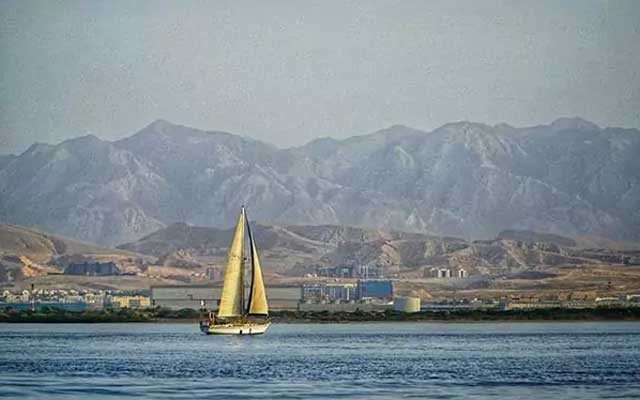Oman bay is growing in 'oxygen-free dead zone'

British University University of East Anglia (UAE), using a robot sea-glider capable of working under 1,000 feet below the water, has seen the prevalence of oxygen decreasing in areas around the Arabian Sea in this part of the Arabian Sea, NDTV said.
In a statement from the university on Friday, the issue of destruction of ecosystems and ecological diseases of fish and marine animals has also been threatened with 'talking about dead areas'.
They also warn that increasing the risk of the common man dependent for the food and livelihoods on the sea will increase as a result.
Due to piracy and geography, it was not possible to get information from the area of the dangerous Oman Gulf region. In cooperation with Kabul University of Oman, the UAE has collected data from there.
"Sea-gliders were supposed to have oxygen even slightly there. But it is seen that the vast majority of parts of Scotland are oxygen-free, "the statement said.
Because of the climate change, the dead zone of this part of the Arabian Sea is the largest and the most densest in the world, says researchers at BUSTIN Quetta of the School of Environmental Sciences of the EUA.
"Warm water contains fewer oxygen, on the other hand, fertilizers and all the sewage in the agricultural land are coming in the ocean. We understand that the dead zone is oxygen-deficit area. These areas are also known as 'Oxygen Minimam Zone' in the ocean. Generally, this type of region is found in 200 to 800 meters deep in some areas of the world, "he said.
Read my profile if you want me to resteem your last blog post to my 36,000+ followers free. https://steemit.com/@a-0-0